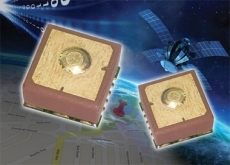
Fonctionnant entre -40 °C et +85 °C, ce module estampillé ORG1410 est architecturé autour d’un processeur SiRFstarIV de CSR.
Il embarque par ailleurs : antenne active, blindage RF, TCXO et quartz pour l’horloge temps réel, LNA et filtre à ondes de surface. Des interfaces hôte de types Uart, SPI ou I²C sont supportées.
La consommation est annoncée inférieure à 15 mW alors que la sensibilité est de -163 dBm.
10 x 10 mm seulement pour un récepteur GPS avec antenne




